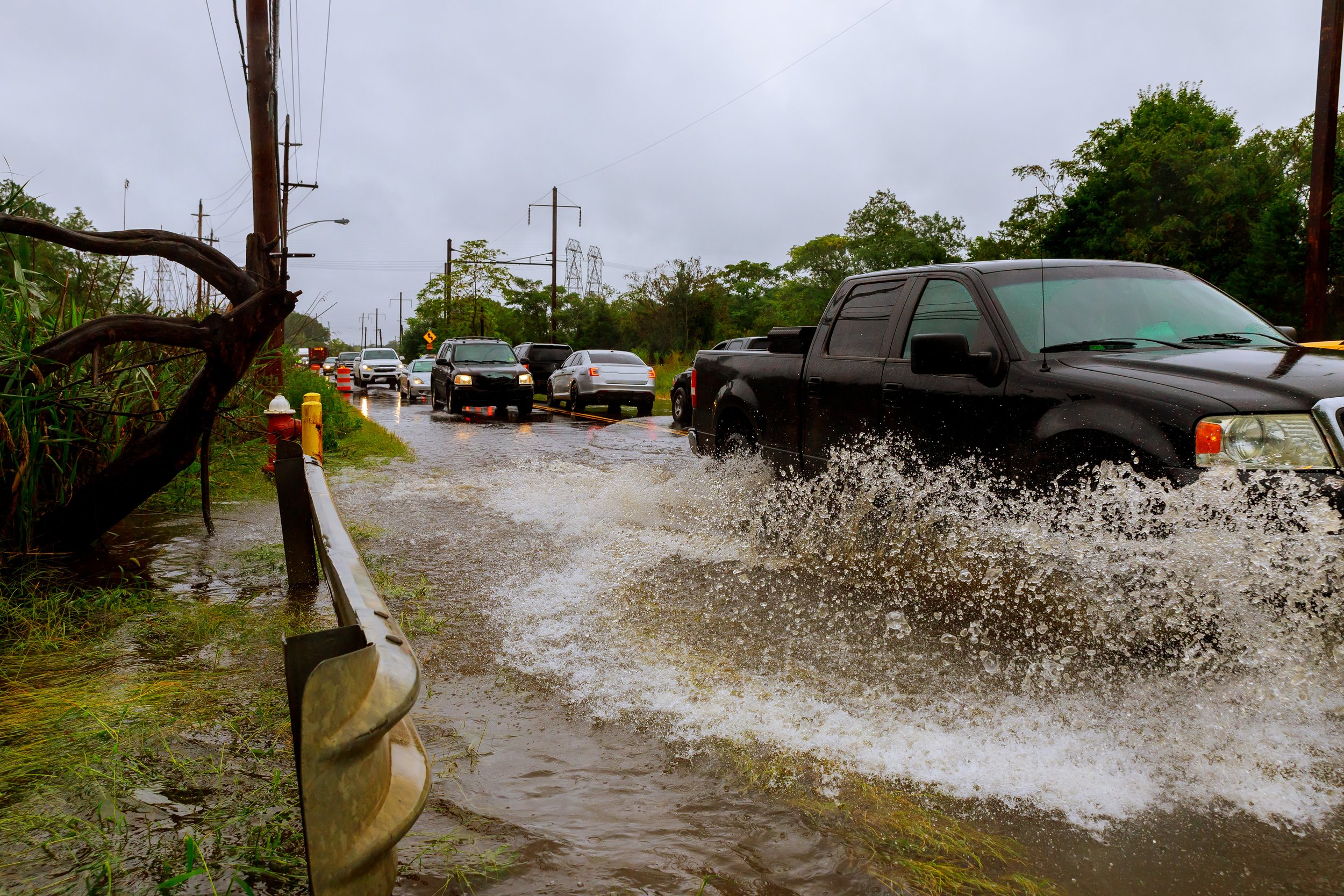Three Steps to Take When Facing Flood Hazards In Your Area
Kara Stamets, Content Marketing Specialist, Alertus Technologies
Spring weather brings rain showers, warmer temperatures, and more extreme weather like tornados thunderstorms, and floods. Severe weather can cause significant workplace disruptions, so organizations must prepare for these situations.
South Florida recently experienced historic flooding in a once-in-a-thousand-year rain event due to slow-moving thunderstorms dumping 88 billion gallons of water over the course of a few days. The thunderstorms produced tornadoes and severe flooding that forced residents across Fort Lauderdale and other parts of Broward County to abandon vehicles in the streets to escape the high waters. Due to the flooding, critical infrastructure was damaged, Fort Lauderdale’s main hospital and city hall were affected by electrical issues, and the Fort Lauderdale International Airport closed for two days, canceling flights and stranding thousands of travelers. Broward County Public Schools were closed for two days, and Nova Southeastern University in Davie, Florida, also had to close a number of its campus buildings impacted by flooding.
In the West, Utah is also experiencing dangerous flooding due to warming temperatures causing snow melt, which can lead to landslides, rockslides, and avalanches, prompting a state of emergency from the governor.
Both of these incidents demonstrate that flooding is common in the US and negatively impacts all organizations, from schools and campuses to transportation and corporate industries. The best way to encounter flooding is to prepare, follow safety precautions, and be aware of hazards afterward.
Prepare For Floods
There are several resources available for individuals and companies to utilize to prepare for flooding hazards, according to Ready.gov. These include FEMA’s Flood Map Service Center, the National Oceanic and Atmospheric Administration (NOAA) Weather Radio, and the Emergency Alert System (EAS).
Flood insurance is very important to have before a disaster, so consider getting flood coverage under the National Flood Insurance Program managed by FEMA. In addition, making a plan for your family and pets is key if you find yourself needing to evaluate or find shelter. Move important documents and items to higher levels or floors and clean out drains and gutters if you can.
During a Flood
If you are facing a flood warning, in which hazardous conditions are imminent or already happening, you should:
Find shelter and move to higher ground or the highest level of a building
Avoid bridges
Do not drive, swim, or walk through flood waters
Evacuate the hazardous area immediately, if instructed to do so
If individuals are at work, traveling in an airport, or in school when a flood warning is issued, organizations can utilize solutions like digital signage override on cable TV systems in lobbies and hallways to alert everyone of flooding danger and important steps to take. High Power Speaker Arrays alert those working outside to quickly find shelter or evacuate.
After a Flood
For individuals, stay informed by monitoring local radio, TV, and social media updates. Only return to your home or retrieve your vehicle once it is safe to do so. Wear protective clothing and masks if dealing with mold and be aware of electrical equipment if it is wet.
For organizations, keeping communication lines open with your employees will be the best way to keep everyone informed on openings, closings, and general updates. Alertus’ Threatwatcher™ automated weather monitoring service broadcasts real-time weather information and up-to-the-minute, site-specific warnings, including flood warnings, from the National Weather Service. Utilize mobile apps to distribute emergency notification alerts customized to your community.
Flooding typically occurs in the spring and summer months but can happen any time of the year, so it is important to be aware of the dangers and stay prepared year-round. More information and resources on flood preparedness can be found here.
To fill in gaps in mass notification coverage, visit our website to learn more.



